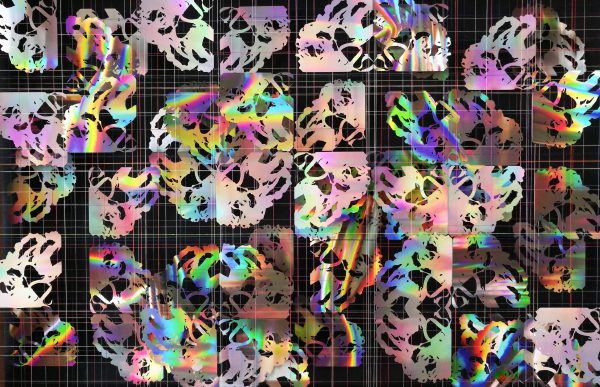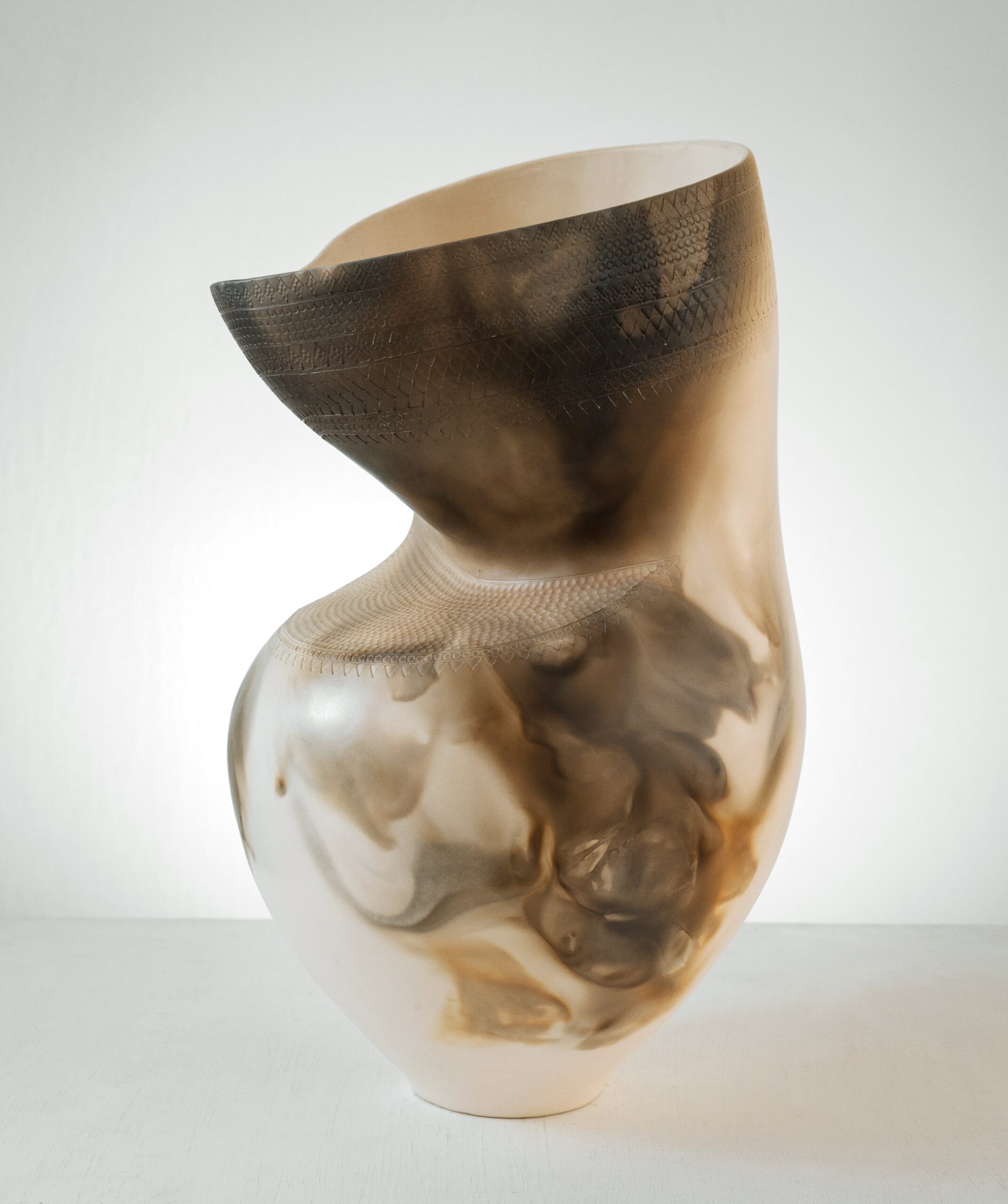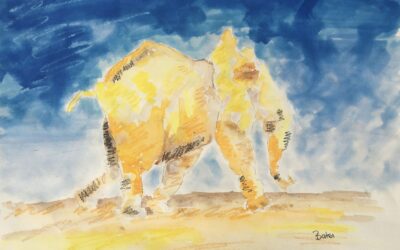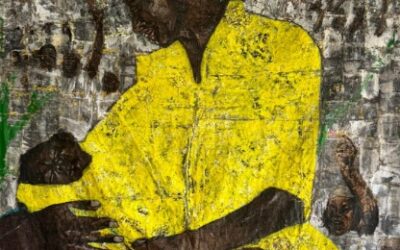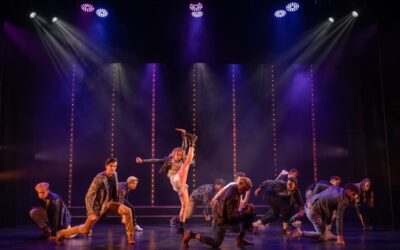Percetion is often no more than a construction, be it natural/genetic or social/environmental. The value of art lies in its reminding us that perception can be reconstructed, revised and perhaps understood or simply appreciated as esoteric.
One way in which such an evaluation can take place is by highlighting the permeable boundary between dreams and what is referred to as reality. Could it be that reality is a mass delusion? Such speculations arrive at satisfactory visual analogues in the form of the artworks on show, each artist developing his/her own language in what can be conceived as an interrogation of the liminal space between the real and the imagined and ultimately between life and death.
The history of art is littered the world over with images that deal with such themes.
In Europe, from at least the middle ages art was concerned with the communication of a certain textual narrative. Such imaginative constructions believed to correspond with reality as such, later gave way to what has been described as secular tendencies from at least the Renaissance onwards. The plethora of what has been described as Modernist movements, perhaps beginning with Impressionism determined a whole variety of innovations: painting outdoors; capturing of ephemeral nature rather than older historical narratives; the concomitant stylistic changes such as heightened colour, distortion and an expressive, individualistic tendency.
When Duchamp then submitted a ready-made, it caused a paradigm shift: is art and everyday life distinct? Is the act of making art even necessary?
But Western art went on: Fauvism, Cubism, Surrealism, Abstract Expressionism and Pop art – each in turn creating a further iteration and a further confusion as to what reality might be. In art theory that may be termed the tendency to deny that art is a correspondence to reality. In fact, there is but perception – neither an observer, nor an observed.
In other words, in the new lingo of post structural thought relativity and complexity is the order of the day.
This is becoming particularly significant in South Africa, where such lingo necessarily leads to a new discourse or art “history”, one that is more inclusive of the repressed Other as opposed to the privileging of Europe (and later America) as the barometer and measure of art, in theory and practice. Of course, what is most interesting is not the politics and the hankering after national boundaries, but the universality of art itself that some have speculated began thirty thousand years ago.
Such reflections were stirred by the artists on show, namely Ben Coutouvidis, Alet Swarts, Kathy Robins, Jaco Sieberhagen, Mark Rautenbach, Amelia Malatjie and Rosemary Joynt.
The methods of Rautenbach continue to mystify both formally and in terms of its possible meaning. The colours and subtleties in their combinations, the spatial play and the inability to place it as dreamscape or real is difficult to discern. In fact, there seems to be no verbal analogue for the intensity of silvers, the possible references to what I perceived as a spinal cord and a general sense of the visionary, that which is neither reality nor dream.
Sieberhagen’s strange sculptures are intoxicating. Cartoon silhouettes in steel in a sort of rhythmic slave “dance” with death in the form of silhouetted skeletons. It’s macabre and transcendent at the same time. I say the latter, insofar as one may interpret his Pinocchio “image” as referring to the idea that we too are creatures of sorts, in which case are we alive and what is real? The Beatles in fact sang in Strawberry Fields are Forever that indeed Nothing is Real and just in case that should lead to depression, continued with the re-joiner that that was nothing that one should worry about. Yet I would argue further that indeed there is something real and that is what makes life sacred.
And that calming voice is seen in the work of, in particular Rosemary Joynt and Kathy Robins. In both such works one might find a feeling of comfort, even light although one cannot pin the images to any context or reference point – it is not “realism” or “naturalism” as such, which as I hope to have argued in the foregoing are particularly poor descriptive terms.
WHERE: Eclectica Design & Art 179 Buitengracht St, Gardens, Cape Town, 8001
Dr Danny Shorkend review first appeared in the Cape Times
PHOTO: Mark Rautenbach [This is not] Holographic – 2017
106.5 x 76.5 cm Cut archival print, MDF, polyester thread, glue

